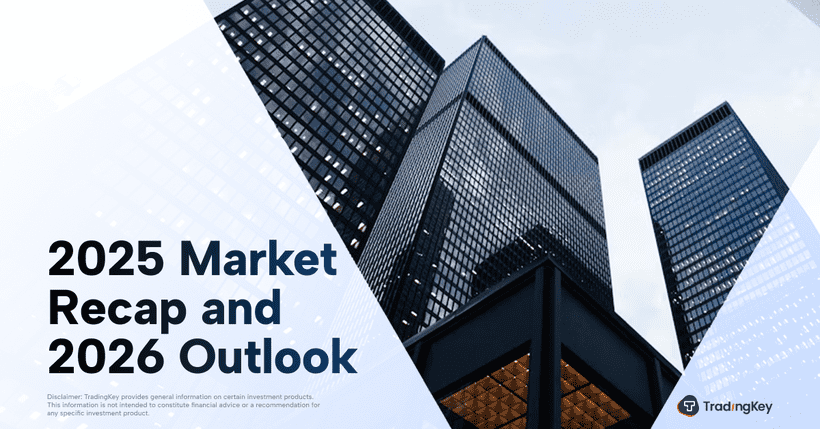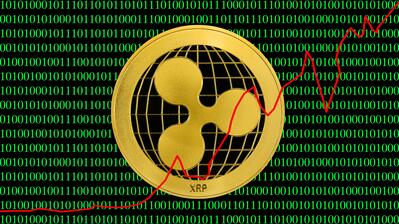“America First” on Steroids — 50% Tariffs Now Hit 407 Steel and Aluminum Products, But Who Will Pay the Price?

TradingKey - On August 19 (local time), the U.S. Department of Commerce announced the addition of 407 new product categories to its steel and aluminum tariff list, imposing a 50% tariff rate on goods including wind turbines, mobile cranes, railway vehicles, furniture, compressors, and pumps — all of which contain steel or aluminum components. The policy took effect on August 18.
This marks a significant expansion of the high tariff regime from raw materials to a broad range of downstream industrial products, significantly widening the scope of affected sectors. The announcement triggered an immediate market reaction:
1. U.S. equity indices declined, with the Nasdaq Composite dropping 1.46% and the S&P 500 falling 0.59%, led by losses in technology stocks.
2. Chipmakers NVIDIA and AMD, which rely heavily on global supply chains, both fell over 3%. Investor concerns were fueled not only by the risk of higher production costs but also by potential retaliatory measures from trade partners.
The selloff was compounded by broader risk-off sentiment, amplified by OpenAI CEO Sam Altman’s weekend remarks that the AI sector is currently in a “bubble.” This cautionary note added pressure on high-growth tech and semiconductor stocks.
Meanwhile, international oil prices plunged, with WTI crude briefly falling below $67 per barrel. The drop reflects a mix of factors: easing geopolitical tensions following potential U.S.-Russia talks on Ukraine, and growing concerns that escalating trade barriers could dampen global economic growth and, in turn, energy demand.
The inclusion of a wide array of manufactured goods under 50% tariffs underscores the continuation of the Trump administration’s “America First” trade strategy. However, the potential consequences — on supply chains, inflation, and investor confidence — are already becoming evident in financial markets.
Rising input costs are increasingly being passed on to consumers. The U.S. Producer Price Index (PPI) for July already showed accelerating price pressures at the wholesale level. In a recent report on August 10, Goldman Sachs projected that as more companies shift tariff-related costs to end users, U.S. consumers could bear 67% of the total burden by October.
Trump’s trade policy hand has once again stretched into new territory. With the upcoming FOMC meeting on the horizon, the heightened uncertainty surrounding tariffs is deepening market speculation over the Federal Reserve’s interest rate path, adding further volatility to an already complex economic outlook.







